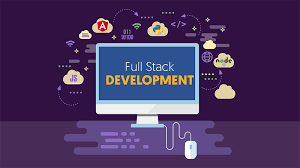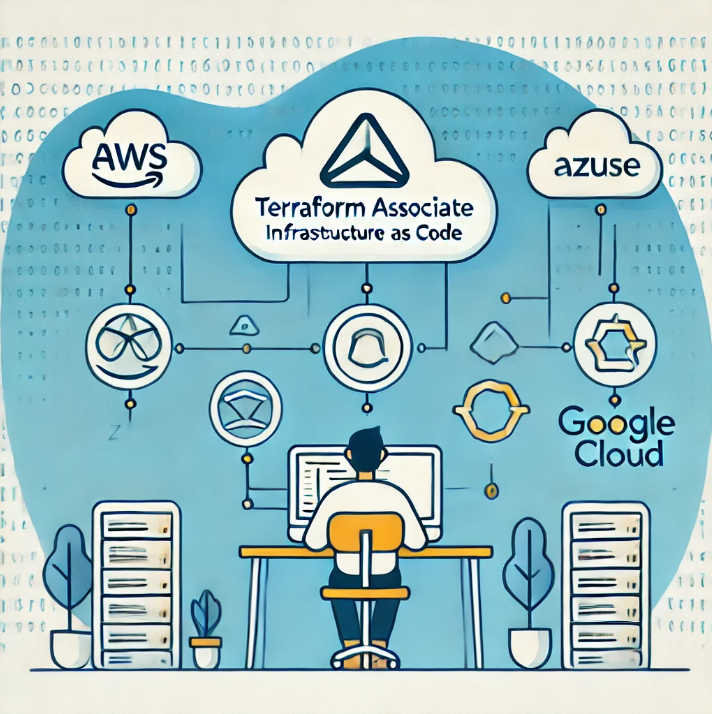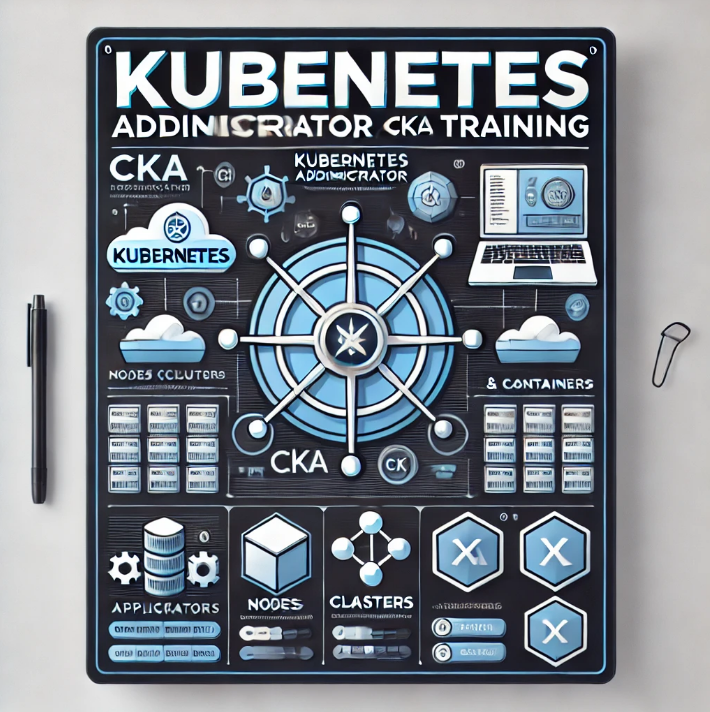Ethical Hacking Course
Thu, 10 Oct 2024

Follow the stories of academics and their research expeditions

Cloud computing is storing and using data and programs online. This technology is crucial today because it offers flexibility, scalability, and cost-efficiency.
Cloud computing delivers servers, storage, databases, networking, and software over the internet. The three main types of cloud services are IaaS, PaaS, and SaaS. IaaS offers online virtual computer resources, such as IT infrastructure rental. PaaS provides online hardware and software tools for building applications. SaaS delivers software applications online on a subscription basis, such as Google Apps and Salesforce.
Cloud computing works through a network of remote servers hosted on the internet. Companies like Amazon and Google run huge data centers hosting physical servers. Virtualization technology divides these servers into multiple virtual servers for different clients. Public cloud services are used by many organizations online. Private cloud services are maintained on a private network for a single organization. Hybrid clouds combine public and private clouds, sharing data and applications between them.
Cloud computing offers cost-efficiency and scalability. You only pay for what you use, making it cheaper than maintaining your servers. Flexibility and remote accessibility let you access your data and applications from anywhere with an internet connection. Enhanced collaboration and disaster recovery are benefits, with teams working together in real-time and cloud services including backup options.
Cloud computing offers improved security measures, automatic software updates, and environmentally friendly practices. Major cloud service providers offer robust security features to protect your data. Cloud services automatically update their software, ensuring you have the latest features. Sharing resources leads to more efficient energy use, which benefits the environment.
Cloud computing has challenges. Data privacy and compliance issues require careful consideration when storing sensitive data. Dependence on internet connectivity means you need a reliable connection to access cloud services. Vendor lock-in can be an issue, as switching providers can be difficult and costly.
The cloud is constantly evolving. Edge computing brings data storage closer, improving response times and saving bandwidth. AI and machine learning integration are more prevalent, offering powerful tools for data analysis and automation. Serverless architectures allow developers to create apps without managing servers.
Cloud computing offers many benefits, from cost savings to flexibility and security. While there are challenges, the future looks bright with trends like edge computing and AI integration. As technology evolves, cloud computing will play a central role in how we work and use technology.
Thu, 10 Oct 2024

Sun, 22 Sep 2024

Sat, 21 Sep 2024
